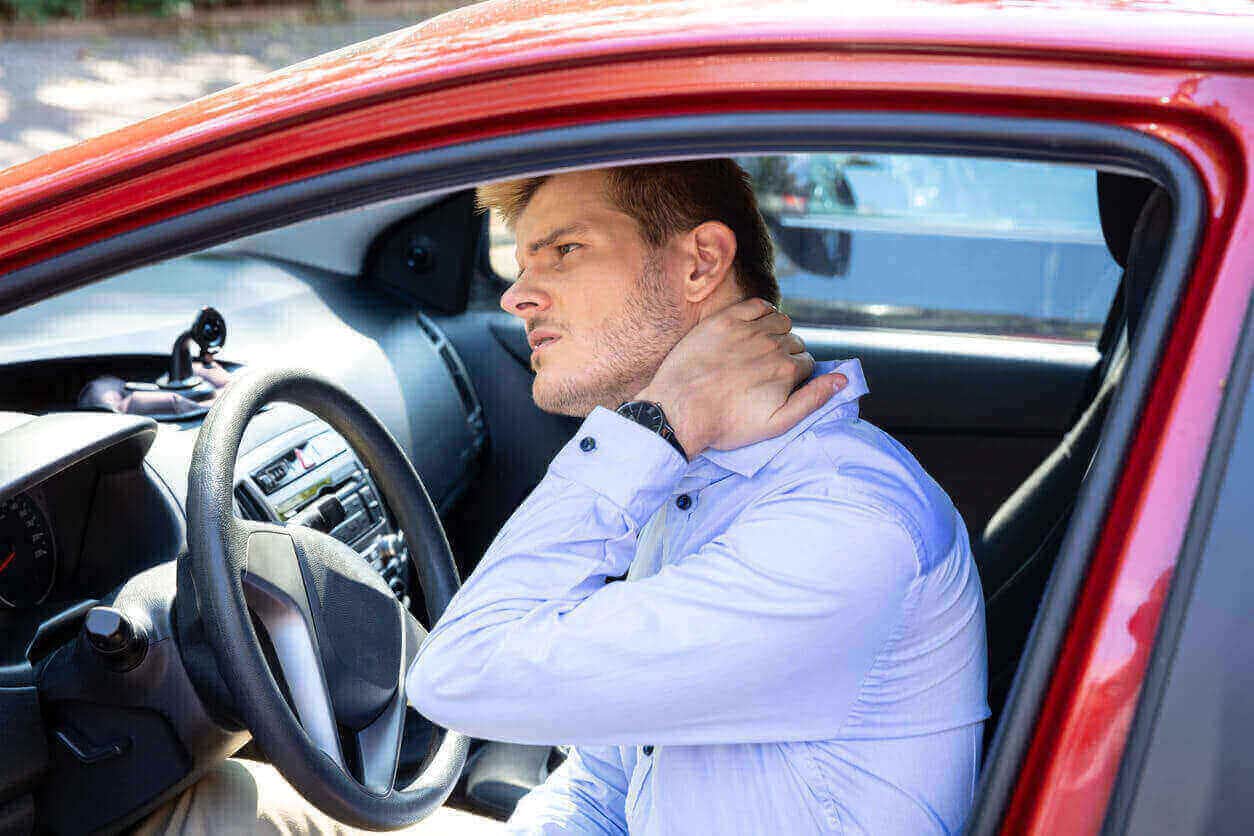Internal Bruising: A Hidden Danger After Auto Accidents
Auto accidents can result in a wide range of injuries, from minor cuts and scrapes to severe fractures and internal injuries. While visible injuries are often immediately apparent, internal bruising can go unnoticed and lead to serious complications if not treated promptly. This article explores the causes, symptoms, and treatment options for internal bruising after auto accidents.

Common Types of Internal Bruising
Internal bruising, also known as contusions, can occur in any part of the body. Some common types of internal bruising after auto accidents include:
- Chest Bruising: Bruising of the chest muscles, ribs, or internal organs.
- Abdominal Bruising: Bruising of the abdominal muscles, organs, or blood vessels.
- Pelvic Bruising: Bruising of the pelvic bones or internal organs.
- Head and Neck Bruising: Bruising of the brain, skull, or neck muscles.
- Internal Bleeding: Bleeding within the body, which can be a serious complication of internal bruising.
Signs and Symptoms of Internal Bruising
Recognizing the signs and symptoms of internal bruising is essential for seeking timely medical attention. While not all internal bruises cause visible symptoms, common signs and symptoms may include:
- Pain: Aching, throbbing, or sharp pain in the affected area.
- Tenderness: Sensitivity to touch in the injured area.
- Swelling: Visible or palpable swelling in the affected area.
- Bruising: Discoloration of the skin, often appearing as a bruise.
- Difficulty Breathing: If internal bleeding occurs in the chest or abdomen.
- Nausea or Vomiting: If internal bleeding occurs in the abdominal organs.
- Dizziness or Lightheadedness: If there is significant blood loss.
Seeking Medical Attention for Internal Bruising
It is important to seek immediate medical attention if you suspect internal bruising after an auto accident. Even if you do not experience severe symptoms, internal bleeding can be a serious complication. A healthcare professional can assess your injuries and provide appropriate treatment.
When to Seek Medical Attention
- Severe pain or discomfort
- Difficulty breathing
- Blood in urine or stool
- Persistent nausea or vomiting
- Signs of shock, such as pale skin, rapid heartbeat, and dizziness
Diagnosis of Internal Bruising
A healthcare professional will conduct a thorough physical examination to assess for signs of internal bruising. In some cases, imaging tests such as X-rays, CT scans, or ultrasounds may be necessary to confirm the presence of internal bleeding or other injuries.
Treatment for Internal Bruising

Treatment for internal bruising typically involves rest, ice, compression, and elevation (RICE). Over-the-counter pain relievers may also be used to manage discomfort. In severe cases, hospitalization and blood transfusions may be necessary.
- Rest: Avoiding strenuous activity and allowing the injured area to rest.
- Ice: Applying ice to the affected area for 15-20 minutes every few hours to reduce swelling and pain.
- Compression: Applying a compression bandage to the injured area to help control swelling.
- Elevation: Raising the injured area above the heart to reduce swelling.
Preventing Internal Bruising in Auto Accidents
While it is not always possible to prevent internal bruising in auto accidents, wearing seat belts and practicing safe driving habits can significantly reduce the risk of injuries.
- Wear Seat Belts: Always wear seat belts, even in the backseat.
- Avoid Distractions: Refrain from using cell phones or other distractions while driving.
- Drive Defensively: Be aware of your surroundings and anticipate potential hazards.
- Get Regular Vehicle Maintenance: Ensure your vehicle is in good working condition.
Internal bruising can be a serious complication of auto accidents. By recognizing the signs and symptoms, seeking timely medical attention, and taking preventive measures, individuals can minimize the risk of internal injuries and ensure a successful recovery.
